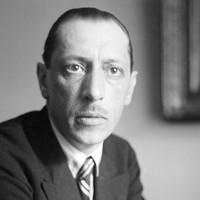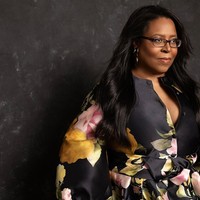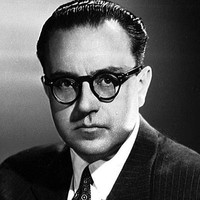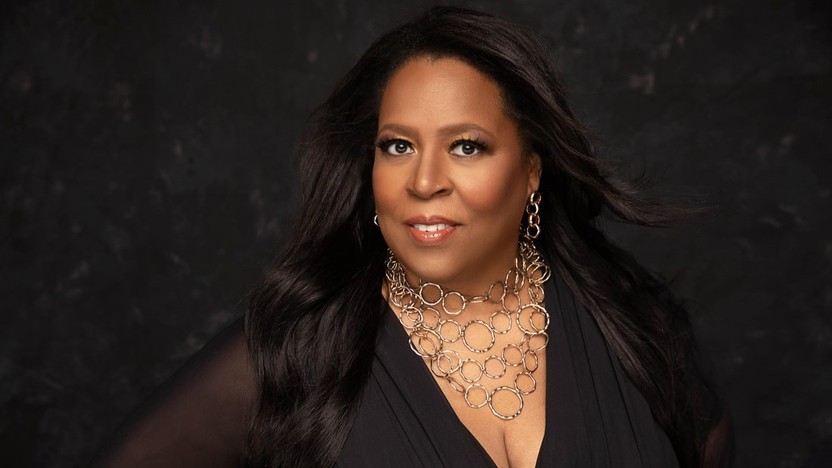Details
 Listen to Audio
Listen to Audio
Igor Stravinsky
Danses concertantes (19 min)
In 1939, Igor Stravinsky suffered what he called “the most tragic year of my life.” His daughter, wife and mother all died within months of each other, and the outbreak of World War II sent him into exile for the second time, from his adopted home in Paris to the United States. He married his longtime mistress Vera in 1940, and together they started a new life in West Hollywood in 1941. Stravinsky soon accepted a commission from a local conductor, Werner Janssen, and began what would be his first major work composed entirely in the United States, Danses concertantes.
The musical language of Danses concertantes is typical of Stravinsky’s neoclassical style, full of quick character changes, crisp rhythms, bone-dry textures and tight harmonies. With its small orchestra and ample instrumental solos, Danses concertantes exhibits a kinship to the Dumbarton Oaks Concerto from 1938; the two works have been called Stravinsky’s Brandenburgs, after Johann Sebastian Bach’s famous set of mixed-ensemble concertos. Even though Stravinsky designed Danses concertantes for the concert stage, it did not take long for its inherent dance sensibility to be recognized. Stravinsky’s friend and longtime collaborator George Balanchine was the first to choreograph the work when he created a version in 1944 for the Ballet Russe de Monte Carlo, a successor to Diaghilev’s Ballets Russes.
Danses concertantes begins with an introductory March, its steady meter obscured by shifting layers and displaced accents. The only extended solo in this preparatory movement is for the leader of the six-member violin section. The second movement is a Pas d’action, borrowing a term from ballet for an ensemble dance. The third movement, taking the form of a theme and variations, is the longest and most abstracted of the work. The thematic section is tender and diffuse, and the playful variations and shuffling coda bear little surface resemblance to the theme. The Pas de deux borrows another dance convention: a dance for two, often for the romantic leads. Here, the oboe and clarinet take the spotlight, their duet surrounded by other reveries. The concluding March revisits the opening music.
Aaron Grad ©2025

Valerie Coleman
All the People (20 min) (World Premiere, SPCO Commission)
Set in three movements, All the People is an orchestral tone poem that acknowledges the commonalities, resilience, frustrations, joys, and determination of the human spirit as it pertains to current events in America. As the anniversary of the death of George Floyd has come, the first movement reflects the grief of a nation, the conversations that followed, and the actions surrounding the ideals of people coming together. Prayer begins with a wailing clarinet solo, followed by undertones of motifs depicting various points of view. As opinions can often erupt or interrupt at an agitated pace, melodies that reflect this tension eventually give way to the possibility of hope. A single beacon of light shines a sweet melody by flute solo, representing my daughter and the youthful voices of a new generation as they remind us of who we are. The reality of tension and conflict are ever present however, as passionate pleas for reconciliation winds through the orchestra led by flute and trumpet unison, eventually shifting to a violin solo that transitions into a somber and introspective song of mourning to end the section. The strings begin again with the start of the movement’s namesake of Floyd’s Prayer in earnest, laying the groundwork for the prayer itself, introduced by a clarinet solo and delivered in sacred tones. As it repeats, the prayer becomes a chant of resilience that builds into a fever pitch ... in hopes that its call will reach God.
The second movement once again reflects upon the active undertones of discordant chatter of socioeconomic groups and neighborhoods through gradients of the “sul ponticello” technique of the string section. The strings eventually find their way into unison as a declaration to mobilize occurs. The mobilization presents itself as a rhythmic and an R&B-reminiscent shout of groove that grows in mass. As it grows, it slows down into what symbolizes a societal trend (things and ideals that become fashionably favorable), but as trends tend to do, they do not exist for long. A descension leads into the gritty-ness of the low strings. A sense of heavy-metal style aggression within the groove takes root, representing clashes of riots, bad actors, eventually turning into the rhythmic chants of people marching the streets, led by the cowbell, ending in a riotous shout.
The final movement, Juba, is a rhythmic tour de force that celebrates the virtuosity of The Saint Paul Chamber Orchestra. It begins with a bold declaration from the bassoons and horns in unison, sprinkled with drum circles calling in the distance. It ends with a new anthem for humanity that recognizes and reminds us all of not just the pride and love we have (and should have) for one another, but the reality of grit, struggle and injustices that makes us who we are — together.
Valerie Coleman ©2025

George Walker
Lyric for Strings (6 min)
George Walker was a vital American composer who was active right up to his death in 2018 at the age of 96. Decades before he became the first Black winner of the Pulitzer Prize for Music in 1996, he broke ground in 1945 as the first Black graduate of the Curtis Institute of Music, where he studied piano with Rudolf Serkin and composition with Samuel Barber.
In an uncanny parallel with Barber, whose most celebrated music is still the Adagio for Strings adapted from the First String Quartet he wrote just after graduating from Curtis, Walker, too, is best known for the slow movement of the String Quartet No. 1 that he wrote in 1946. Originally titled Lament, and dedicated to his recently deceased grandmother, Walker renamed the movement Lyric. Whether performed in its original quartet configuration or in his transcription for string orchestra, Lyric has become a fixture of American concert music.
Aaron Grad ©2025

Alberto Ginastera
Variaciones concertantes for Chamber Orchestra (25 min)
Alberto Ginastera was 21 years old and still a conservatory student in his native Buenos Aires when he completed his first ballet, Panambí. With the performance of orchestral excerpts in 1937 and a full staging in 1940, the young composer established himself as a potent voice in Argentinian concert music. He also won over the American ballet producer Lincoln Kirstein, who encountered Ginastera while on a Latin American tour and commissioned Estancia, the gaucho-themed ballet that remains Ginastera’s most recognizable calling card. After a summer at Tanglewood to study composition with Aaron Copland and a U.S. residency from 1945 to 1947 funded by a Guggenheim grant, Ginastera cemented his place as the most significant Argentinian composer on the international scene.
The Variaciones concertantes date from 1953, during a difficult period when conflict with the regime of Juan Perón cost Ginastera his teaching job. As he wrote on a program note, “These variations have a subjective Argentine character. Instead of using folkloristic material, I try to achieve an Argentine atmosphere through the employment of my own thematic and rhythmic elements. The work begins with an original theme followed by eleven variations, each one reflecting the distinctive character of the instrument featured. All the instruments of the orchestra are treated soloistically. Some variations belong to the decorative, ornamental or elaborative type, others are written in the contemporary manner of metamorphosis, which consists of taking elements of the main theme and evolving from it new material.”
The strong contours of the central theme help it to stand out as it goes through its many transformations. In the first statement by a solo cello, supported only by a harp, the melody toggles between the steady keynote and its upper neighbors (first rising a half-step, next rising a minor third). Other variants invert the pattern, like in the variation in canon for oboe and bassoon that oscillates downward from a fixed pitch. The boisterous final variation, “in the style of a Rondo,” draws from Igor Stravinsky’s incisive neoclassicism and Copland’s folksy dance music to forge an original style rooted in Argentina’s lively urban culture and vast countryside.
Aaron Grad ©2025
About This Program
Sandbox Composer-in-Residence Valerie Coleman describes her music as “addressing what is within all of us” (New Music USA) through transformational musical storytelling. This program, led by Minneapolis-based conductor William Eddins, features works by Igor Stravinsky, George Walker and Alberto Ginastera, alongside the world premiere of Coleman’s newest work, All the People, which was written during her SPCO residence in commemoration of the anniversary of George Floyd’s death. Written in three movements, All the People acknowledges the commonalities, resilience, frustrations, joys, and determination of the human spirit in the context of American current events, all building to a new anthem for humanity.
Valerie Coleman’s Sandbox Premiere, All the People, was commissioned by The Saint Paul Chamber Orchestra with support from Elizabeth and Justus Schlichting.
SPCO Sandbox Composer Residencies are made possible by generous project support from:
Amphion Foundation
The Aaron Copland Fund for Music
Alice M. Ditson Fund of Columbia University
David and Karen Olson Family Foundation
Justus and Elizabeth Schlichting
Nara Fund
New Music USA
Learn more about our Sandbox Residency at thespco.org/Sandbox.
Contribute
SPCO concerts are made possible by audience contributions.
Newsletter
For exclusive discounts, behind-the-scenes info, and more:
Sign up for our email club!


